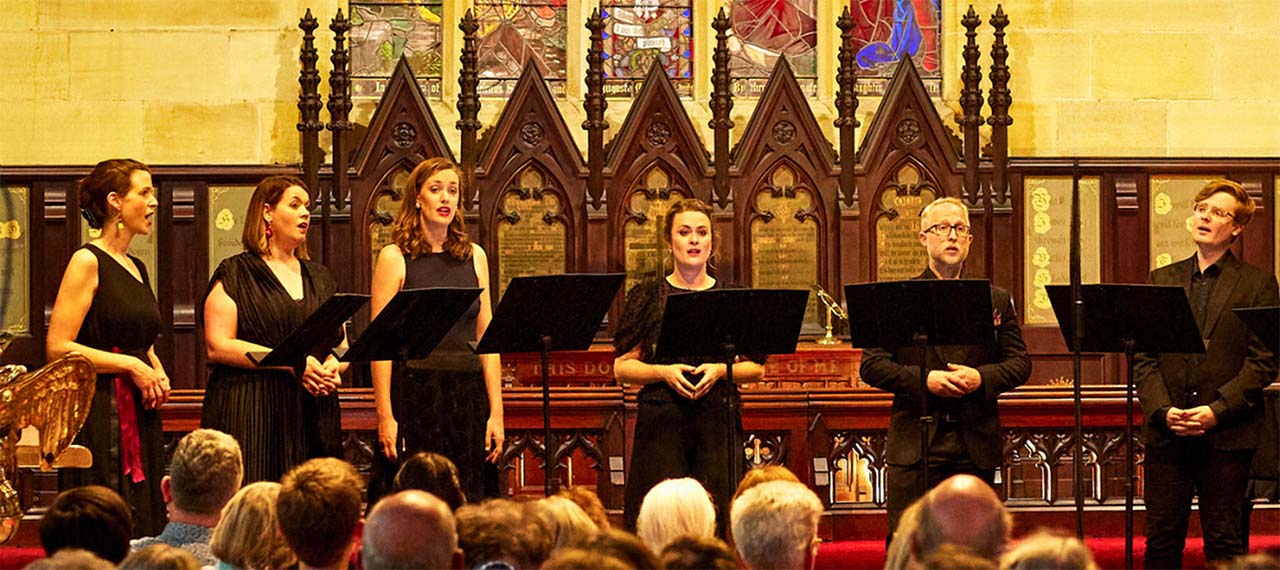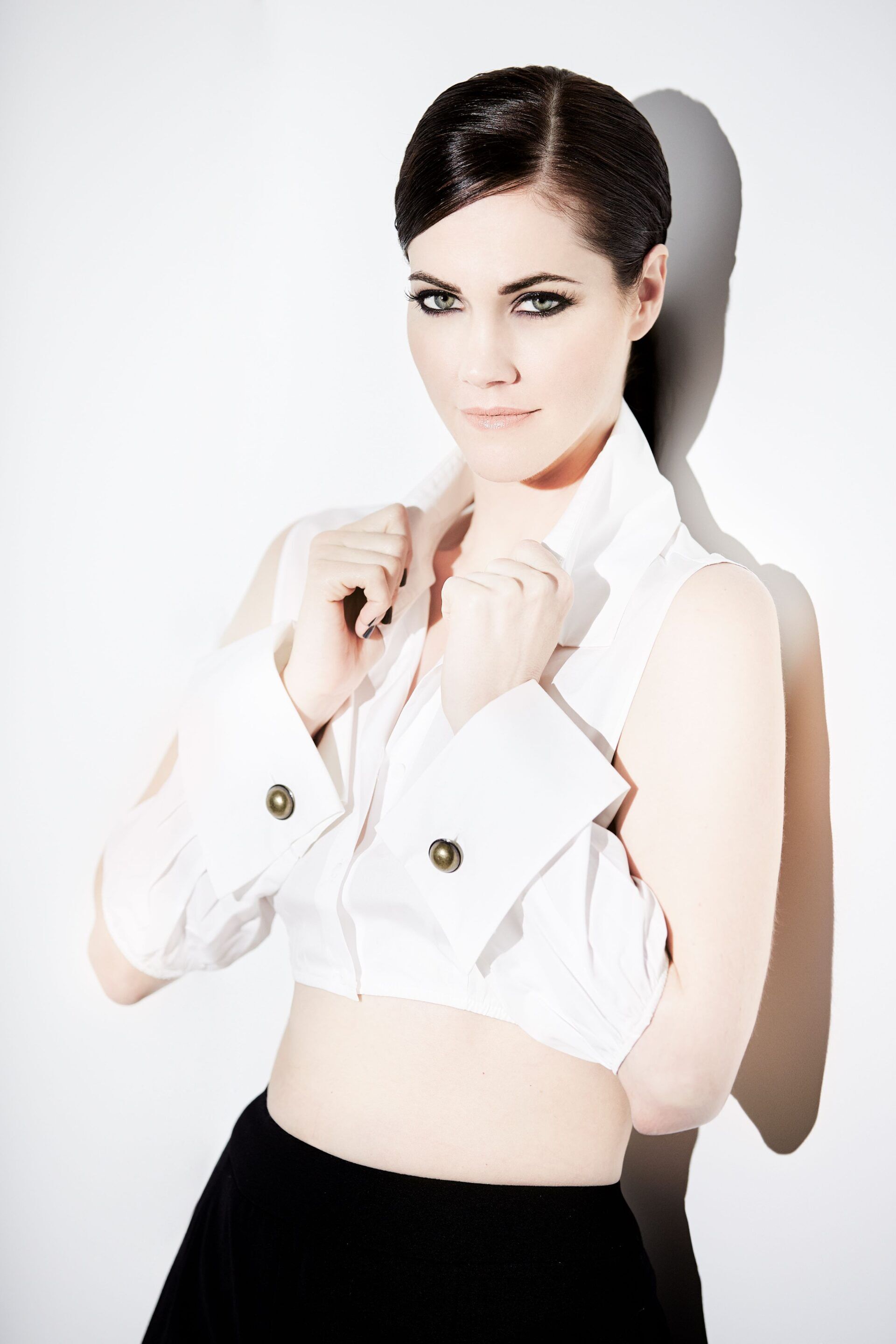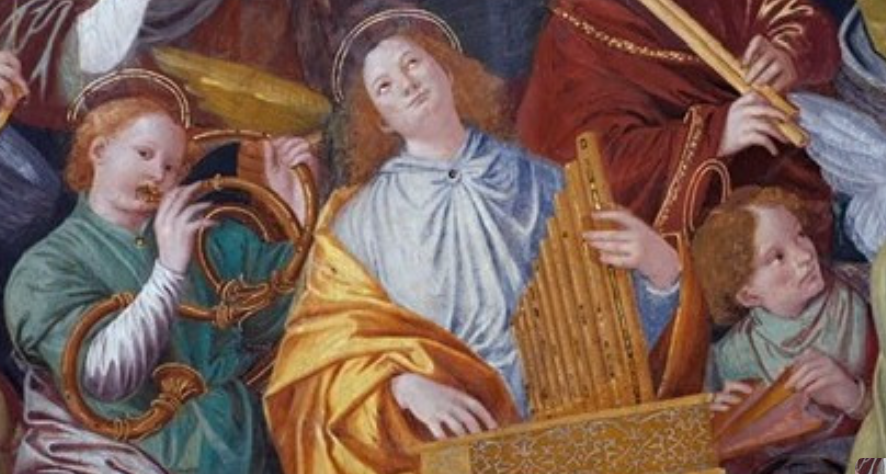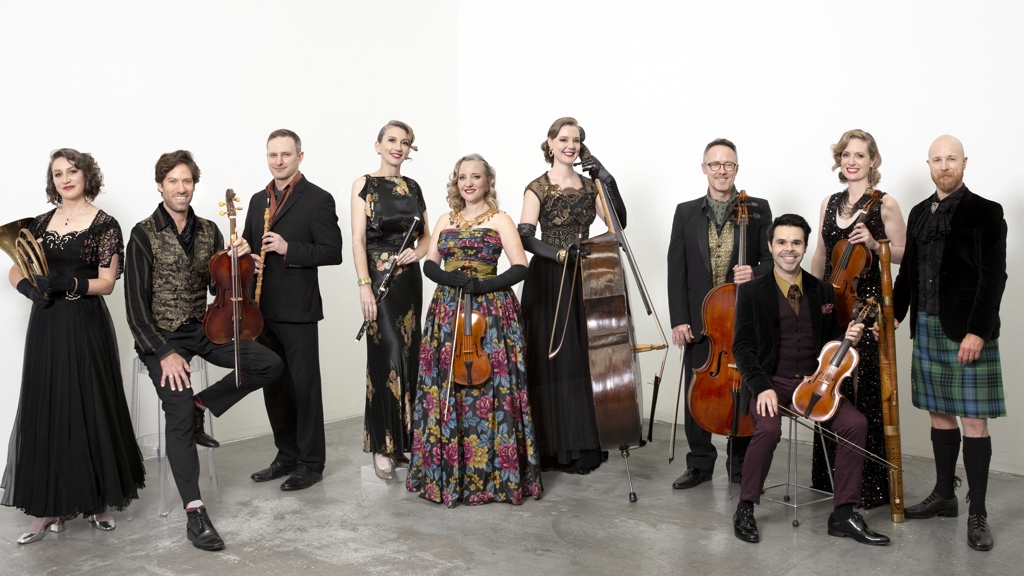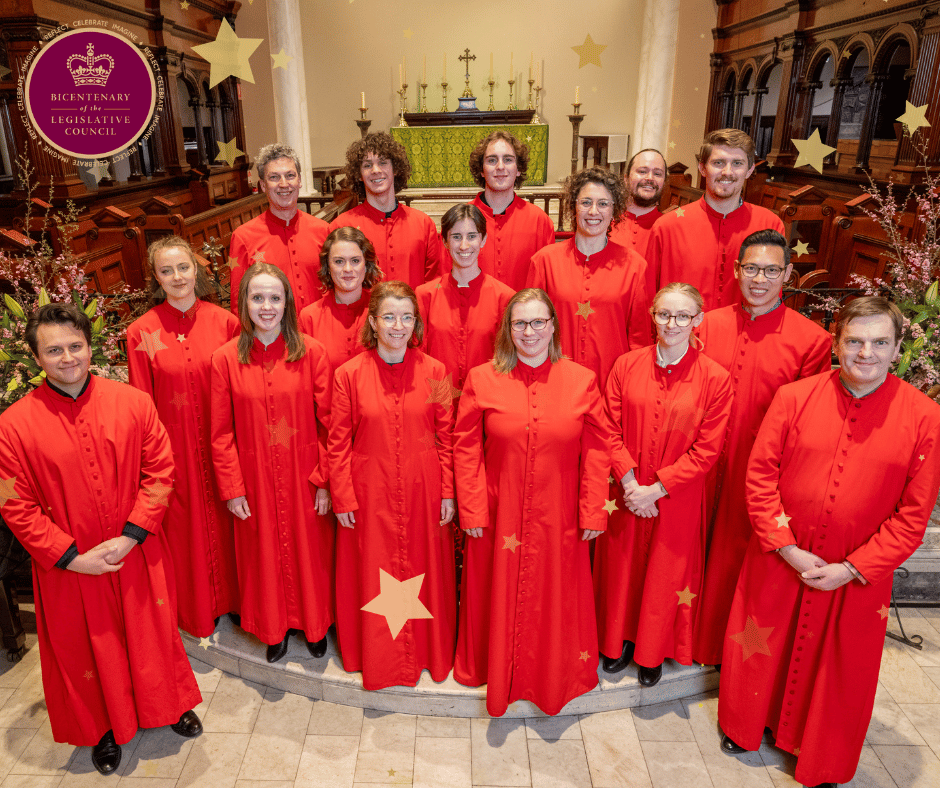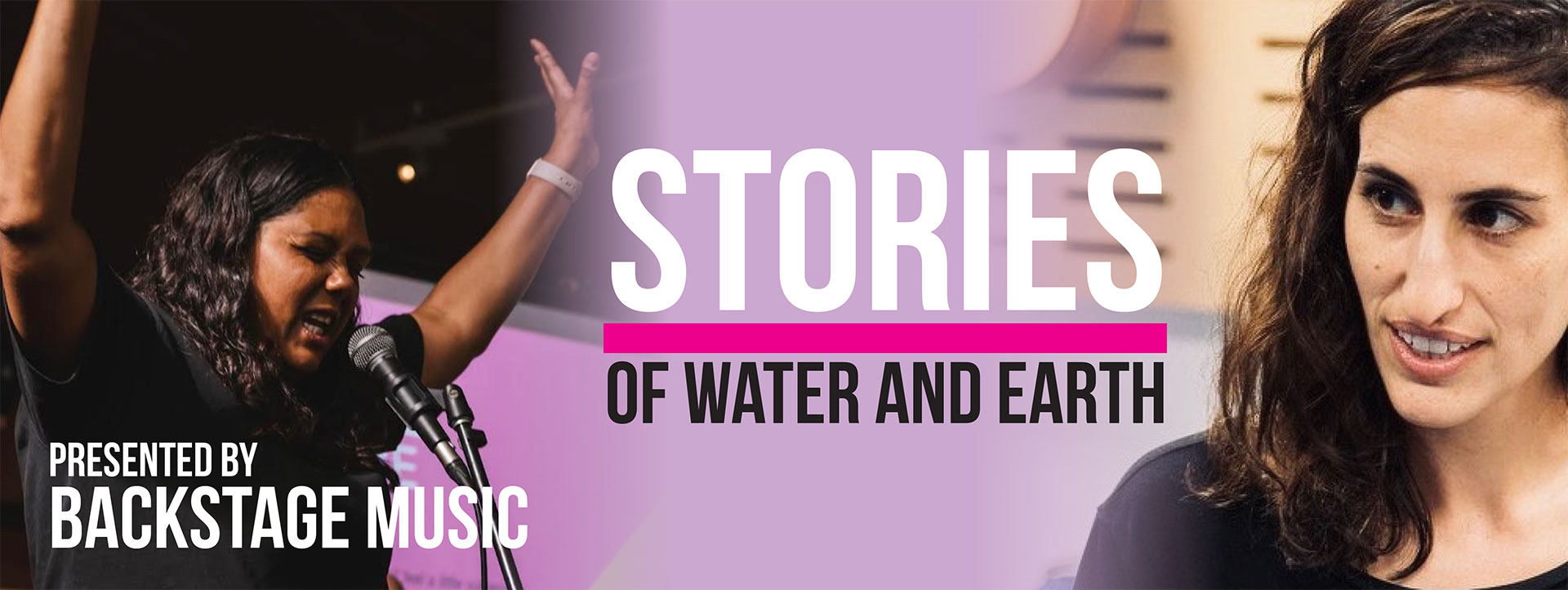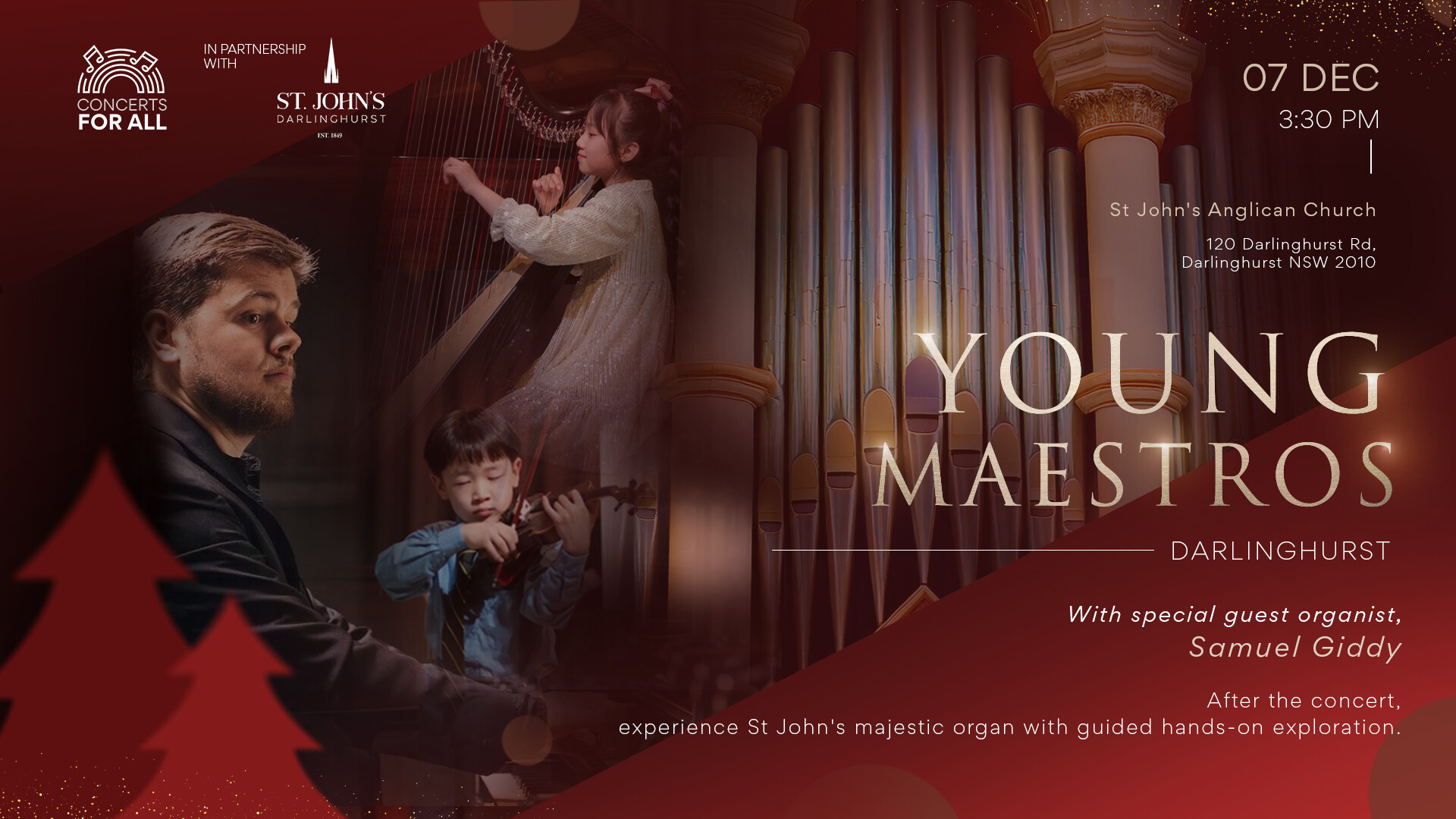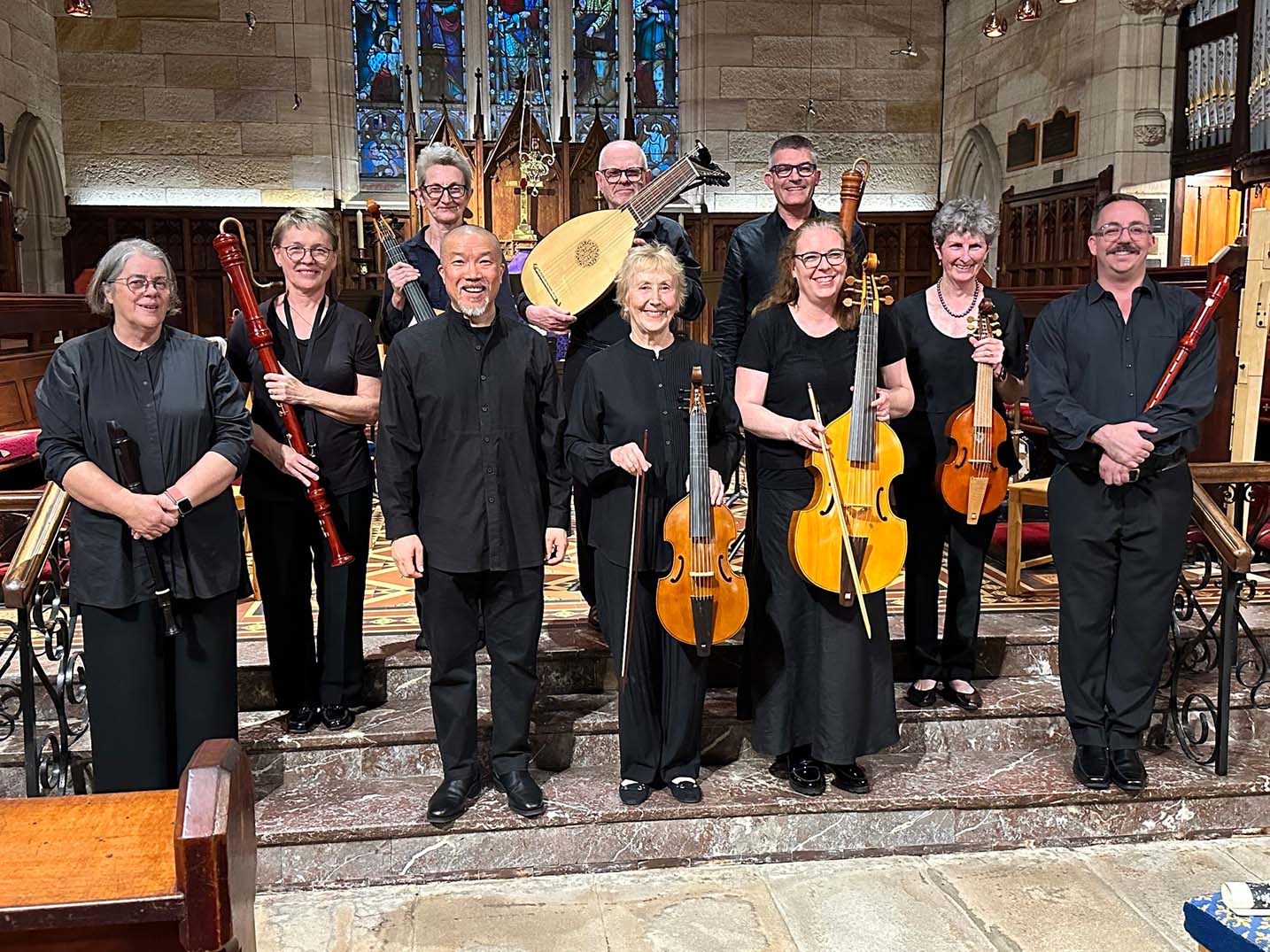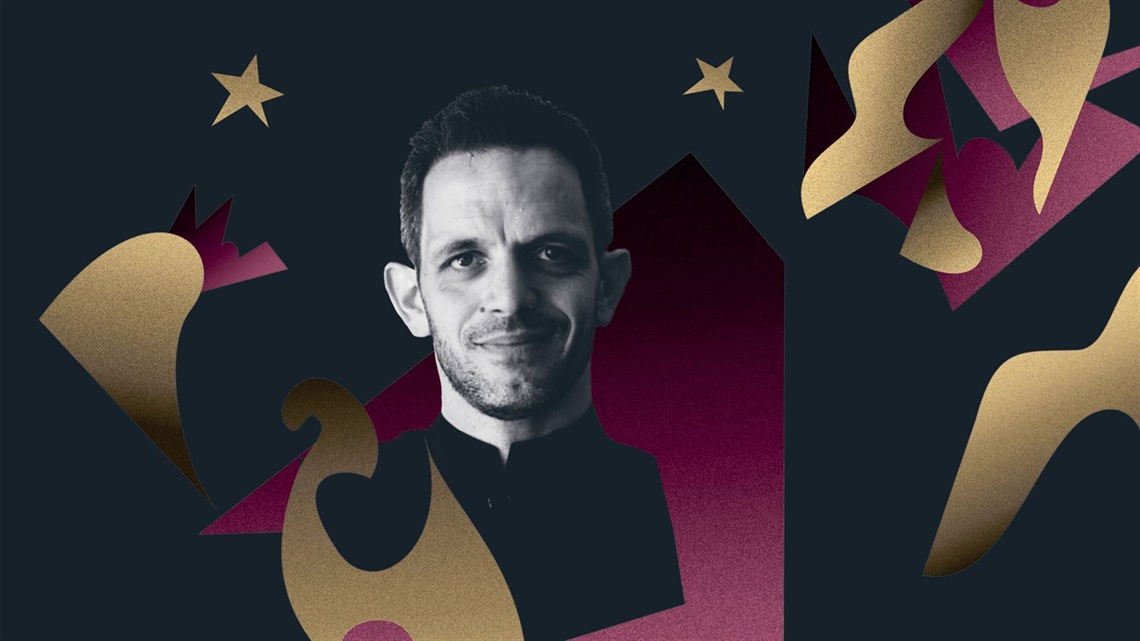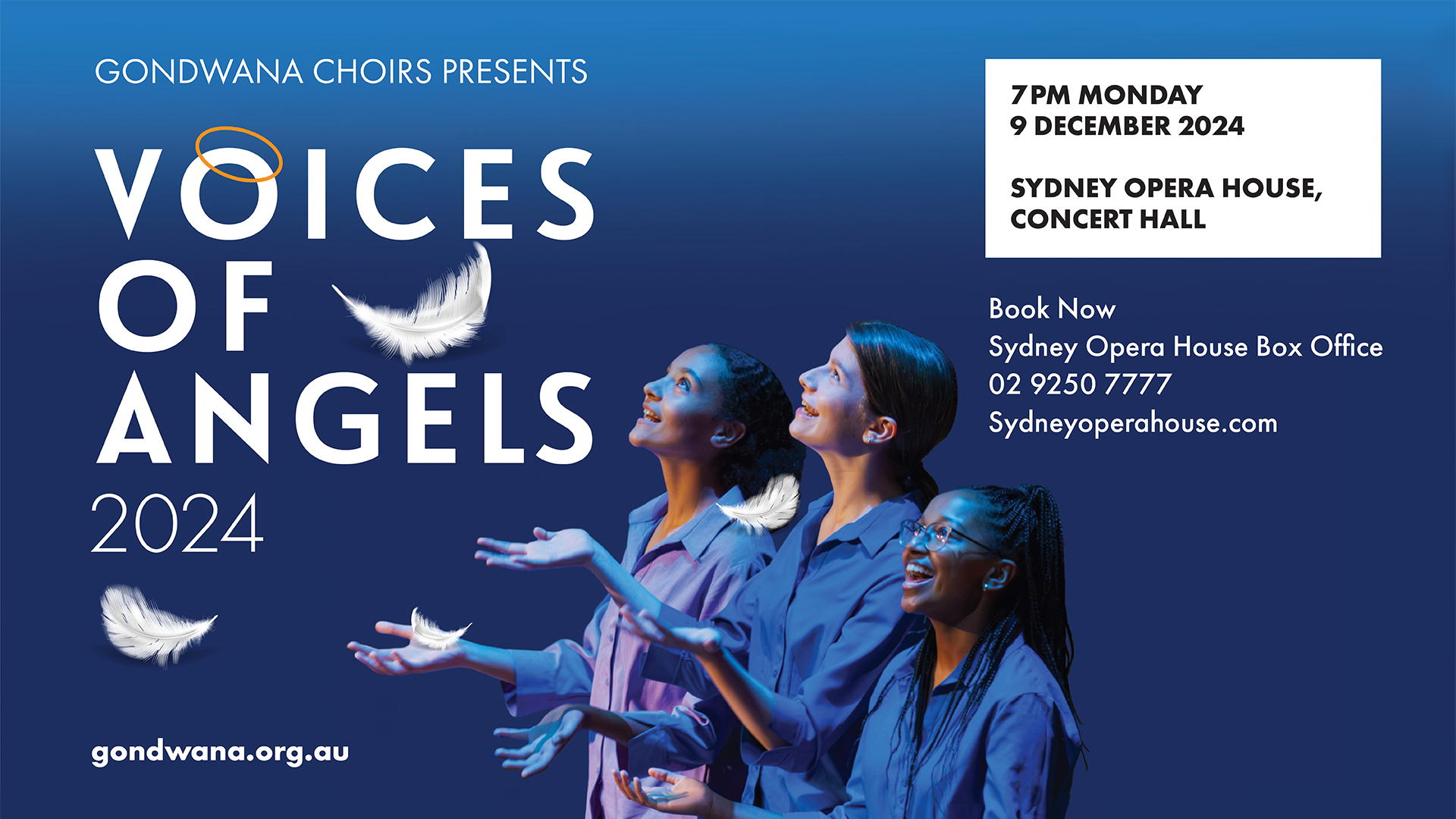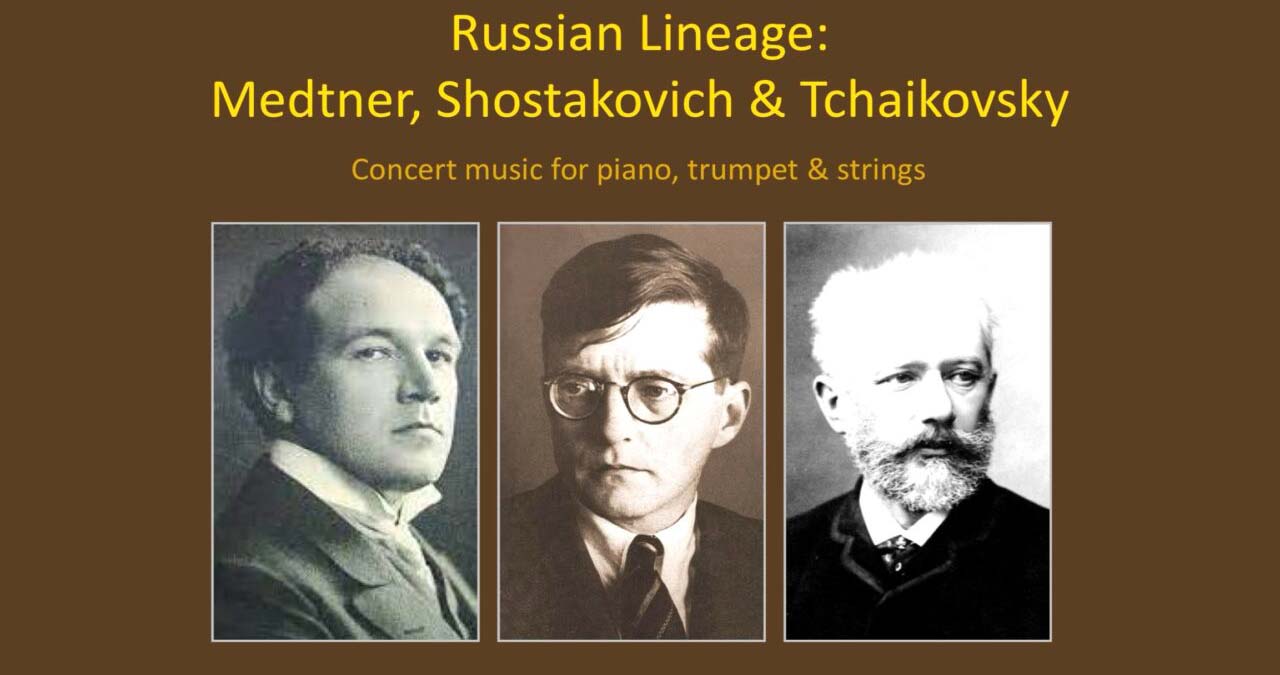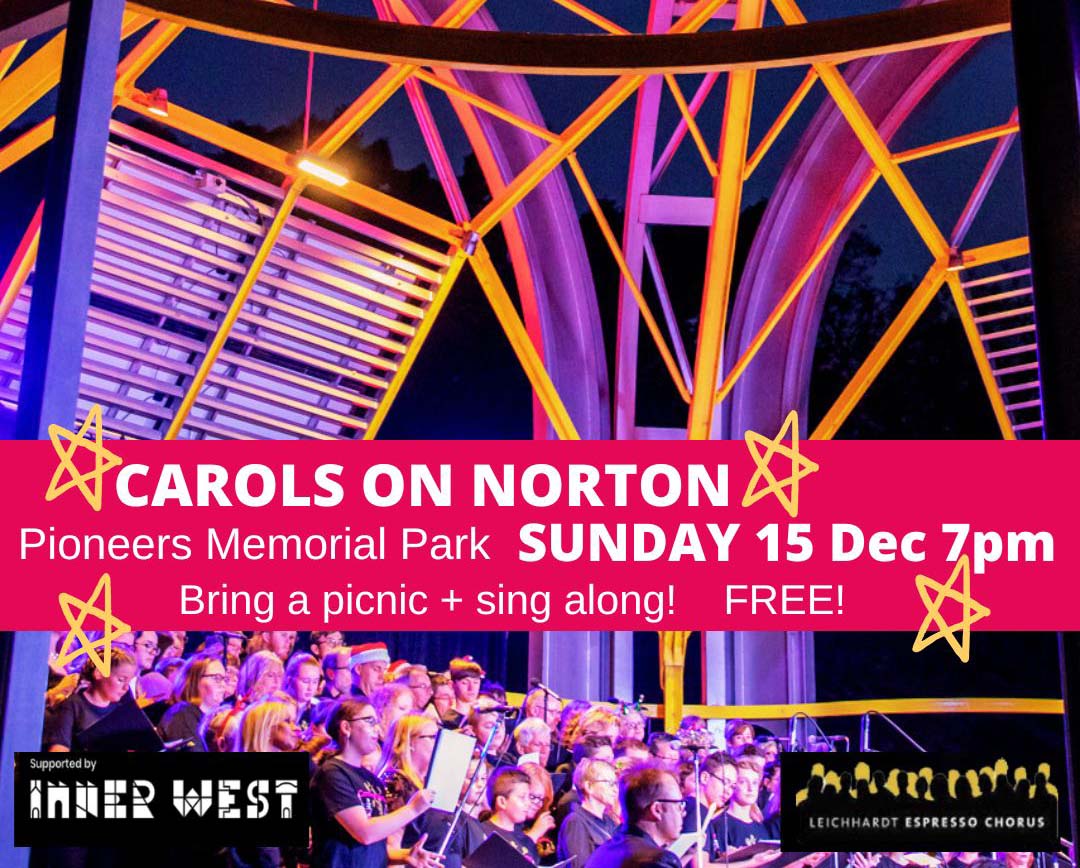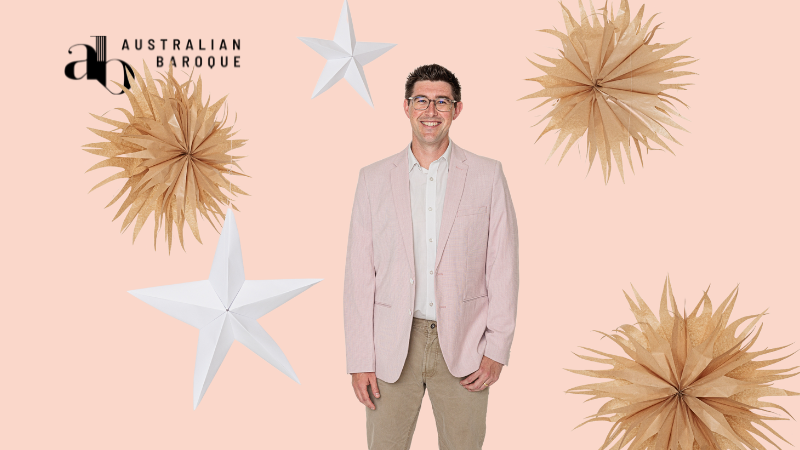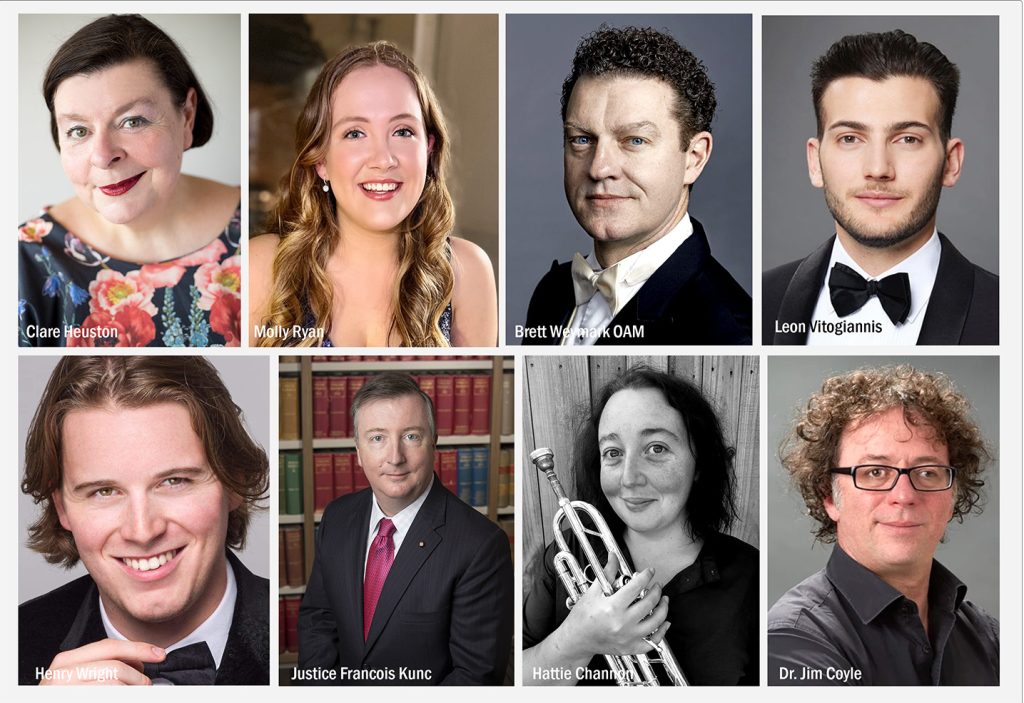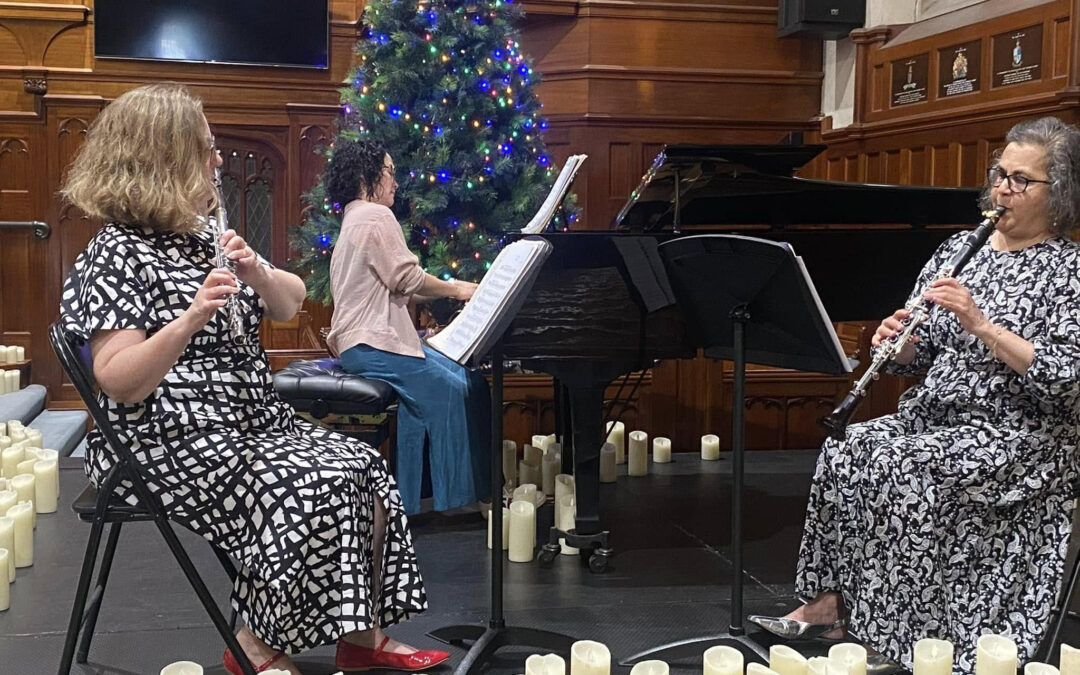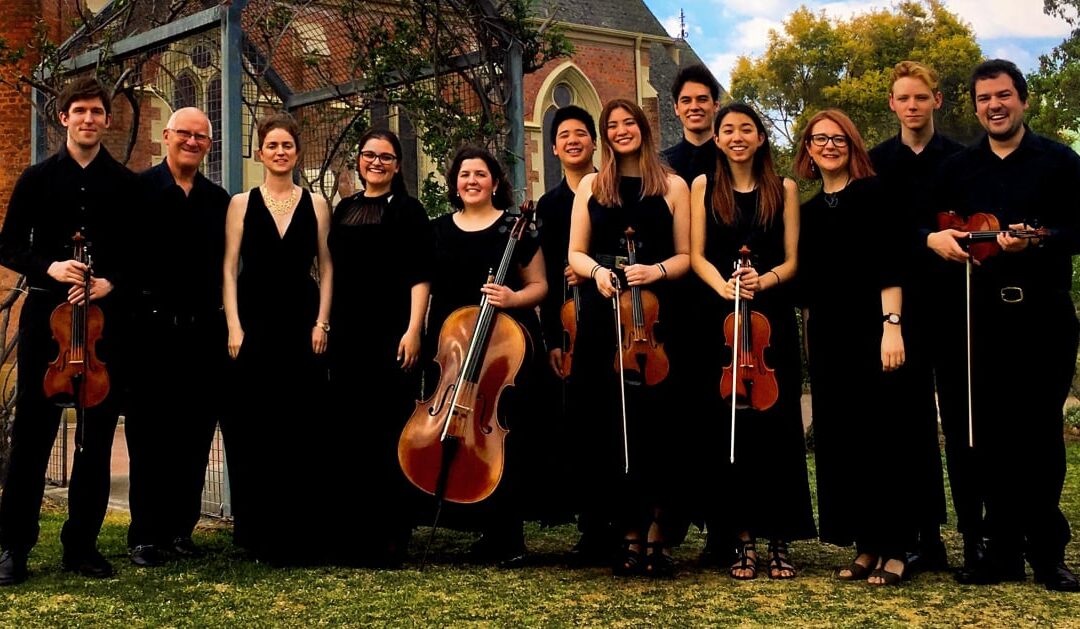Elizabeth Anderson (harpsichord) | JS Bach: Goldberg Variations
Melbourne Digital Concert Hall
8:30pm Friday 20 November, 2020
Approaching Bach’s Goldberg Variations as a listener requires a certain reverence. Although there are many dramatic moments, the Aria and 30 variations are, with one notable exception, unrelentingly contrapuntal and seriously introspective. You cannot listen to them on your iPhone while doing the vacuum cleaning, as you might with the Brandenburg Concertos, for a bit of get-on-with-it pep to your suction. As background music the Goldberg Variations would just ramble. They demand concentrated listening.
Years can pass when I don’t listen to the work from beginning to end, yet I have just heard two very different renditions in as many days. Yesterday I was delighted by a live streamed concert of one of my favourite Bach performers, Angela Hewitt, on a piano at St Thomas, Bach’s church in Leipzig. If you are interested, and I heartily recommend it to you, that concert can be found here
When I discovered Elizabeth Anderson was doing the same work for Melbourne Digital Concert Hall, but on the two manual harpsichord for which the work was written, it seemed an excellent opportunity to take stock.
The performers cross artistic paths on several levels. The Canadian Hewitt is reserved and meditative, playing an historically inauthentic instrument, but one which has a large dynamic range. Anderson, a Melbourne artist who I had not heard play before, is famous for her focus, high energy and strong performances. But she plays the harpsichord; a whole different kettle of fish. You can see how the crossing of artistic paths might go in any direction!
Well, it turns out that the two manual harpsichord can do all manner of things which get lost on the piano.
Many of the variations, by Bach’s own indications, require two manuals. A strong clear lower manual and slightly softer and gentler toned upper one. One could use both as is often done in organ Preludes and Fugues, where both hands play on one keyboard and then the other for a terraced dynamic effect. This is clearly not Bach’s intention in the Goldbergs. Where he indicates the use of two keyboards, as he does in variations 5, 8 and 13 among others, he intends one hand on each manual, because the parts cross over. Often the lower stave, played by the left hand, goes way above the right hand part. Not only is this logistically better on two manuals, but different tone colours allow for a clearer differentiation as the parts cross. Also, the two parts can both sound the same note without one disappearing.
Where Hewitt is often gentle and inward looking, Anderson plays with strength and assurance. The harpsichord mechanism is such that regardless of whether you strike the note hard or softly, the sound is the same. This precludes the use of crescendos and diminuendos and the rise and fall of phrases which are possible on the piano. The harpsichordist must use the forces of tempo, rubato, articulation and ornamentation to add expression and drama to the music; these resources were all expertly harnessed by Anderson. Of course Bach wrote the work for harpsichord, so much of the excitement is hard-wired into the score. He uses semiquaver and demi-semi textures, ornamentation to add density, and the introduction of an unexpected new contrapuntal voice to increase depth. The canonic movements, every third variation, demand particular strength and here Anderson coupled the manuals, activating both courses of strings.
The pace was cracking comparatively; understandably, because the harpsichord does not sustain sound as well as the piano.
At the beginning Anderson invited the audience to listen for the upper part canons, which occur respectively at the unison for variation 3, at the second for number 6, at the third for 9, and so on right up the to the ninth for number 27. Bach loved playing with numbers!
Figures like the liquid demi-semiquaver motion in variation 14 seemed more at home on the harpsichord.
I like the way Anderson played straight on when the tempos were the same between adjacent variations, especially in unexpected circumstances as between the four-square canon 21 and the Alla Breve fugue at 22; almost like a prelude and fugue coupling.
Probably the most dramatic point in the work is the penultimate variation; which is largely homophonic with rapid repeating chords in alternate hands over the top of each other, harnessing the biggest sound the instrument can produce, with coupled manuals. Very thrilling!
The piano vs harpsichord comparisons are akin to chalk and cheese, but fascinating none the less. The wonderful thing about Bach’s music is that it greatness is sufficiently implicit in the notes that many “arrangements” are musically successful. I would not be without Angela Hewitt’s piano performance. But, and it is a big but, I enjoyed Anderson’s performance enormously and look forward to hearing more Bach from her on harpsichord in future.


